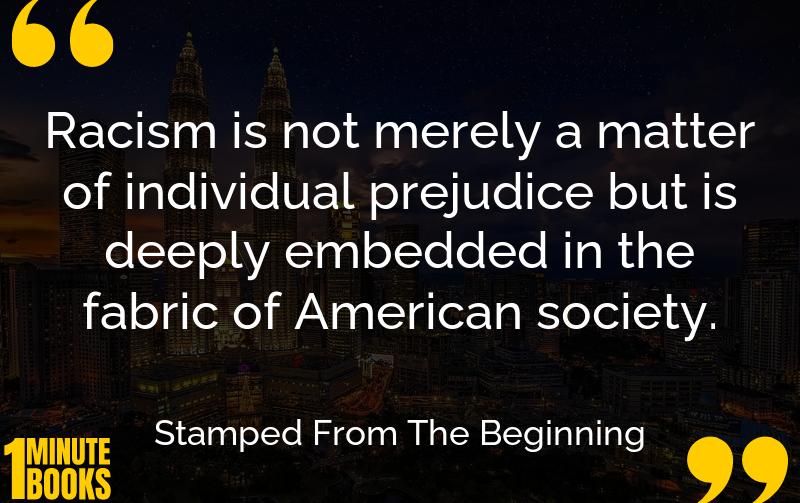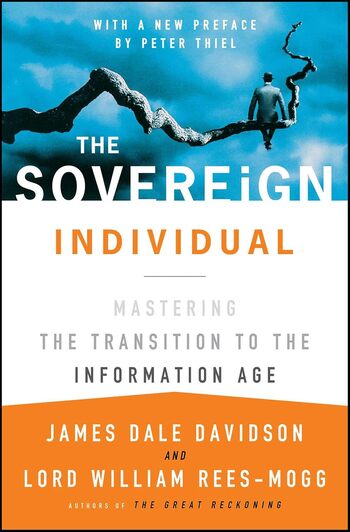
This book examines the evolution and persistence of racist ideas in America, tracing their roots from colonial times through the civil rights movement to the present, revealing how they maintain racial inequality.
Main Lessons
- Racism combines both ideas and policies; it isn’t just individual prejudice.
- Racist ideas evolve with changing social, political, and economic conditions.
- There are distinct phases of racism in U.S. history: CT racism, Duan conscious racism, and Cosmopolitan color blindness.
- Racist ideologies often mask efforts to maintain unequal power dynamics.
- Thomas Jefferson and others used pseudoscience to justify slavery and the racial caste system.
- The Jim Crow era institutionalized racism and segregation through laws and policies.
- Figures like Booker T. Washington and W.E.B. Du Bois played key roles in challenging racism.
- The Civil Rights Movement brought breakthroughs but also introduced ‘colorblind’ racism.
- Racist ideas manifest heavily in culture and policy, maintaining white supremacy.
- Historical examples like the eugenics movement show the continuity of racist thought.
- Racism persists across all aspects of American life, requiring ongoing anti-racist efforts.








